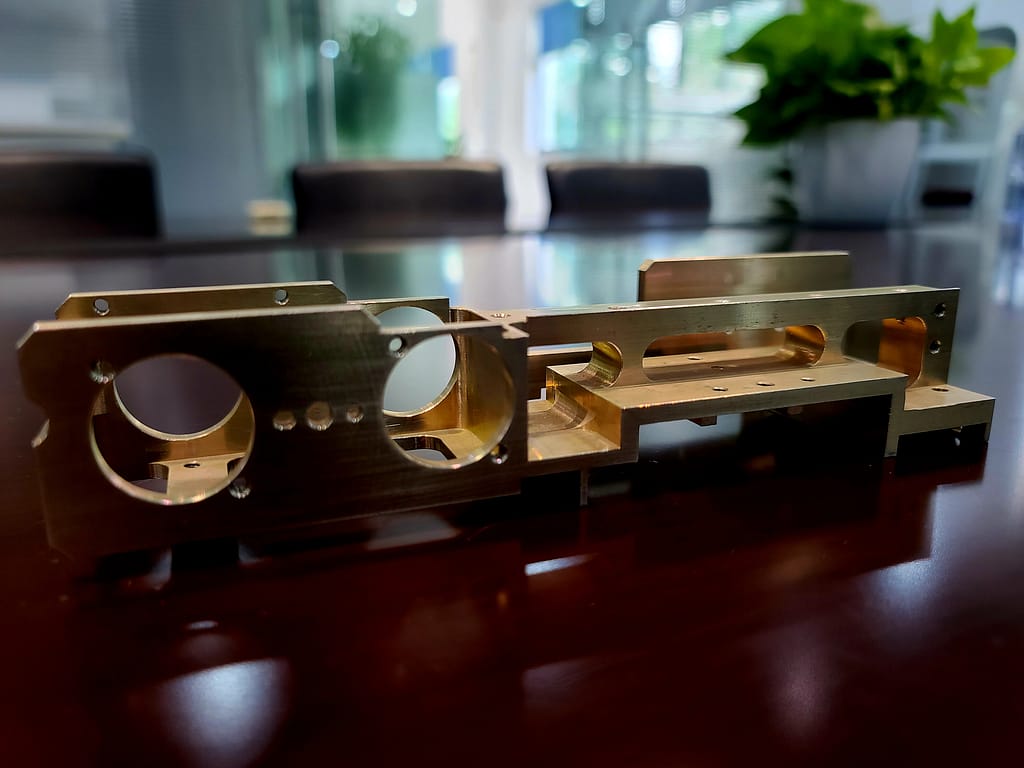Fabrico aditivo, commonly known as 3D printing, has undergone a meteoric rise in popularity and technological advancement over the past few decades. This article provides a comprehensive analysis of additive manufacturing, exploring its evolution, various technologies, applications across different sectors, challenges, and future prospects. By examining the current state and potential of additive manufacturing, we can better understand its role in shaping the future of production and design.

Evolution of Additive Manufacturing
The origins of additive manufacturing can be traced back to the 1980s when the first patent for a stereolithography apparatus was filed. Since then, the technology has evolved through several stages, each characterized by improvements in precision, speed, and the range of materials that can be used. The evolution of additive manufacturing can be summarized in the following stages:
- Early Development (1980s-1990s): The focus was on developing the basic technologies and proving the concept of layer-by-layer fabrication.
- Technological Maturation (2000s): Advancements in software and hardware led to more accurate and reliable 3D printers, making the technology more accessible to businesses and consumers.
- Industrial Adoption (2010s): Additive manufacturing began to be adopted by industries such as aerospace, automotive, and healthcare for both prototyping and production.
- Diversification and Integration (2020s): The technology continues to diversify with new materials and processes, and it is increasingly being integrated into traditional manufacturing workflows.
Technologies in Additive Manufacturing
Additive manufacturing encompasses a variety of technologies, each with its own set of advantages and applications:
- Stereolithography (SLA): Uses a laser to cure layers of resin into a solid object. Known for high precision and surface quality.
- Selective Laser Sintering (SLS): Melts powdered material using a laser to create a solid structure. Suitable for complex geometries and functional parts.
- Fused Deposition Modeling (FDM): Extrudes thermoplastic filament layer by layer. Popular for its simplicity and cost-effectiveness.
- Digital Light Processing (DLP): Similar to SLA but uses a digital light projector for curing resin layers. Offers high-resolution printing.
- Electron Beam Melting (EBM): Uses an electron beam to melt metal powders, primarily for high-performance metal components.
Applications of Additive Manufacturing
Additive manufacturing has found its way into a multitude of industries, each leveraging the technology for different purposes:
- Aerospace and Defense: For lightweight components, complex geometries, and custom parts that reduce weight and increase performance.
- Healthcare: Used for creating patient-specific implants, surgical instruments, and anatomical models for preoperative planning.
- Automotive: Employed in the production of prototypes, tooling, and even final car parts, reducing development time and costs.
- Consumer Goods: Allows for personalized products, rapid prototyping, and small-scale production runs.
Challenges in Additive Manufacturing
Despite its numerous advantages, additive manufacturing faces several challenges that need to be addressed for broader adoption:
- Material Limitations: The range of materials available for additive manufacturing is still limited compared to traditional manufacturing methods.
- Scalability: Scaling up production using additive manufacturing can be challenging due to the slower printing speeds compared to conventional methods.
- Cost: High-end 3D printers and materials can be expensive, making large-scale production cost-prohibitive in some cases.
- Quality Control: Ensuring consistent quality across printed parts can be difficult, requiring robust quality assurance processes.
Future Prospects of Additive Manufacturing
The future of additive manufacturing is promising, with several key areas of development:
- New Materials: Research is ongoing to expand the range of materials, including metals, ceramics, and composites, that can be used in additive manufacturing.
- Multi-Material Printing: The ability to print with multiple materials in a single build is an area of innovation that could open up new design possibilities.
- Integration with Traditional Manufacturing: Additive manufacturing is increasingly being used alongside traditional methods, creating a hybrid manufacturing approach.
- Automation and Machine Learning: The integration of automation and machine learning will enhance the efficiency and precision of additive manufacturing processes.
Conclusão
Additive manufacturing has revolutionized the way objects are designed and produced. Its impact is felt across various industries, offering new possibilities for customization, complexity, and efficiency. While challenges such as material limitations and scalability remain, ongoing research and development are pushing the boundaries of what is possible with additive manufacturing. The future of this technology is bright, with the potential to further transform manufacturing, design, and supply chains. As additive manufacturing continues to evolve, it will play an increasingly significant role in shaping the products and processes of tomorrow.